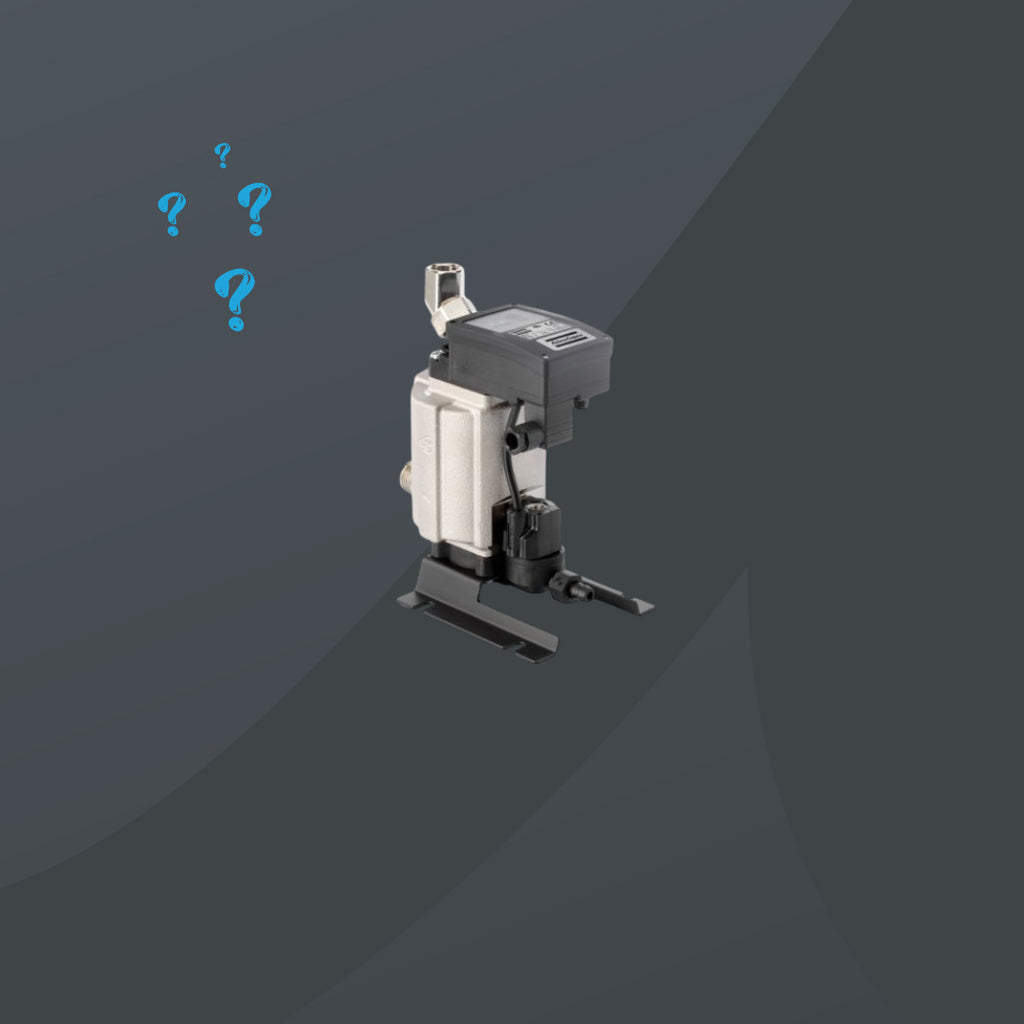How to Choose the Best Condensate Drain for Your Compressed Air System
Posted by EMILY OWEN

When it comes to maintaining your compressed air system, choosing the right condensate drain is crucial. With so many options available, how do you know which one is the best fit for your system? Let's explore the key factors to consider when selecting a condensate drain.
What is a Condensate Drain and Why is it Important?
A condensate drain is a vital component of a compressed air system that removes moisture and contaminants from the system. Without an effective condensate drain, excess moisture can lead to corrosion, damage to equipment, and decreased efficiency.
Types of Condensate Drains
There are several types of condensate drains available, including timer-controlled drains, demand drains, and zero-loss drains. Each type has its own set of advantages and is suitable for different applications.
Factors to Consider
When choosing a condensate drain for your compressed air system, consider the following factors:
1. System Size
The size of your compressed air system will influence the type of condensate drain you need. Larger systems may require a drain with a higher capacity to effectively remove condensate.
2. Operating Conditions
Consider the operating conditions of your system, including temperature, pressure, and humidity levels. These factors will impact the performance of the condensate drain.
3. Maintenance Requirements
Some condensate drains require more frequent maintenance than others. Consider the maintenance requirements of each type of drain to ensure it aligns with your maintenance schedule.
4. Energy Efficiency
Choose a condensate drain that is energy-efficient to help reduce operating costs and minimize environmental impact.
5. Reliability
Reliability is key when it comes to a condensate drain. Look for a drain that is durable and designed to withstand the demands of your compressed air system.
Conclusion
Choosing the right condensate drain for your compressed air system is essential for maintaining optimal performance and efficiency. By considering factors such as system size, operating conditions, maintenance requirements, energy efficiency, and reliability, you can select the best drain for your specific needs.
Need more help?
Our experts are here to help. Reach out by email or give us a call.
TAGS:
